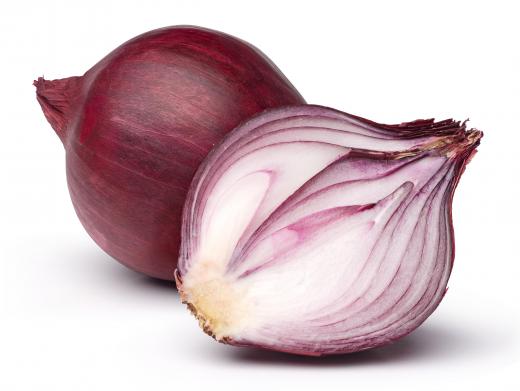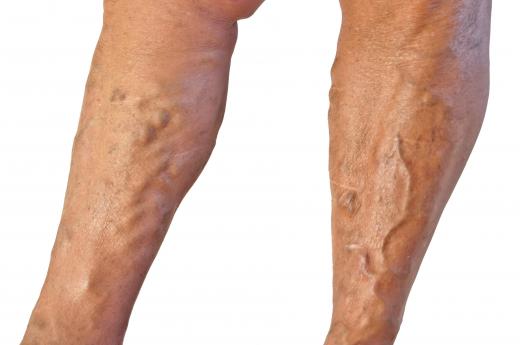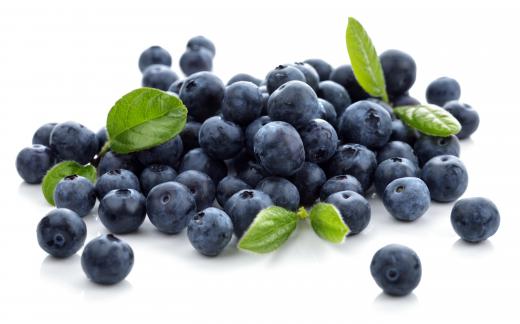What are Anthocyanidins?
Anthocyanidins, a class of flavonoids, are sugarless plant pigments. They are responsible for the intense color of fruits and vegetables such as blueberries, raspberries, and red cabbage. Plants with the most color typically contain the most anthocyanidins.
Cyanidin, delphinidin, and malvidin are examples of such flavonoids. These and others in this group are the subject of various types of research. These flavonoids are believed to be assets to human health. Much of the research currently being conducted has shown a great deal of promise.

Researchers have been surprised by how well anthocyanidins are maintained once they have been eaten. The environment inside the human body causes many other flavonoids to change once they are eaten. This typically causes them to lose their potential benefits. Anthocyanidins have so far proved unique in this regard.
Many people intentionally incorporate foods that include these pigments into their diets hoping to reap health benefits for conditions such as atherosclerosis, heart disease, and inflammation. Foods that are often eaten for this purpose include red radishes, blackberries, and red onions. Anyone who eats fruits or vegetables for the potential health benefits of these flavonoids should remember that they must eat the parts that contain color. In the case of certain items, such as eggplant, that may mean adjusting the mode in which they are eaten to include the skin.

Not only do anthocyanidins provide color to a plant’s fruit but can also add pigment to other parts, such as stems, leaves, and flowers. This function protects plants from the sun’s ultraviolet rays. These pigments can be viewed as natural beauty treatments because they are believed to work much the same way for humans.
Anthocyanidins may serve as powerful antioxidants, helping in the fight against free radicals created by the sun. Free radicals are believed to cause the appearance of aging skin and other chronic diseases. It is believed that these plant pigments can be more effective than vitamin C and vitamin E.

Research has also been done that indicates that anthocyanidins have a positive impact on collagen protection. This is important because collagen is a protein that is abundant in the human body. Collagen is a component of blood, soft tissues, and ligaments. Signs that these pigments boost the collagen in blood vessels also have researchers optimistic about their use in the treatment of arthritis. If anthocyanidins have the suspected positive effects on collagen, they can be a useful weapon in the fight against varicose veins, hemorrhoids, and various types of swelling.
AS FEATURED ON:
AS FEATURED ON:













Discussion Comments
One of the Japanese villages that is known to have
many centenarians produces lots of purple potatoes and people there eat lots of vegetables, including purple potatoes which has 750mg of anthocyanins per one gram of potatoes.
Does that means this purple food potatoes can be considered as a longevity food?
I believe they are. --mike
Post your comments